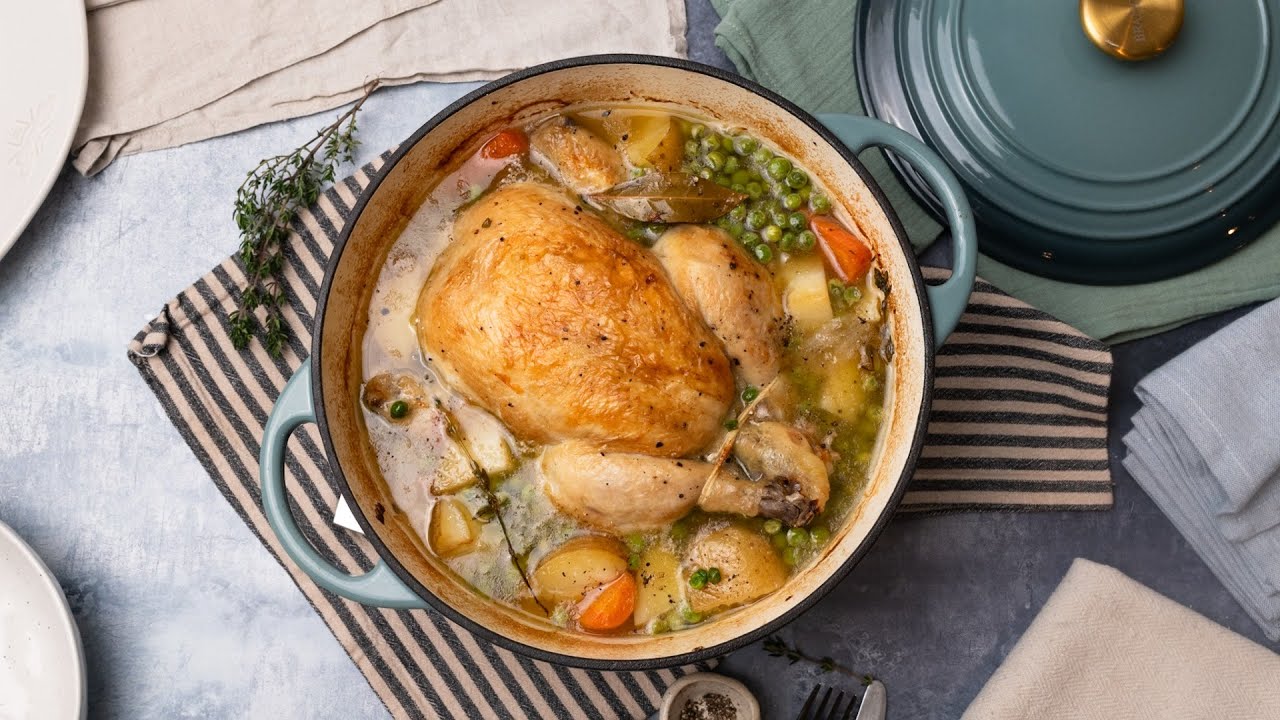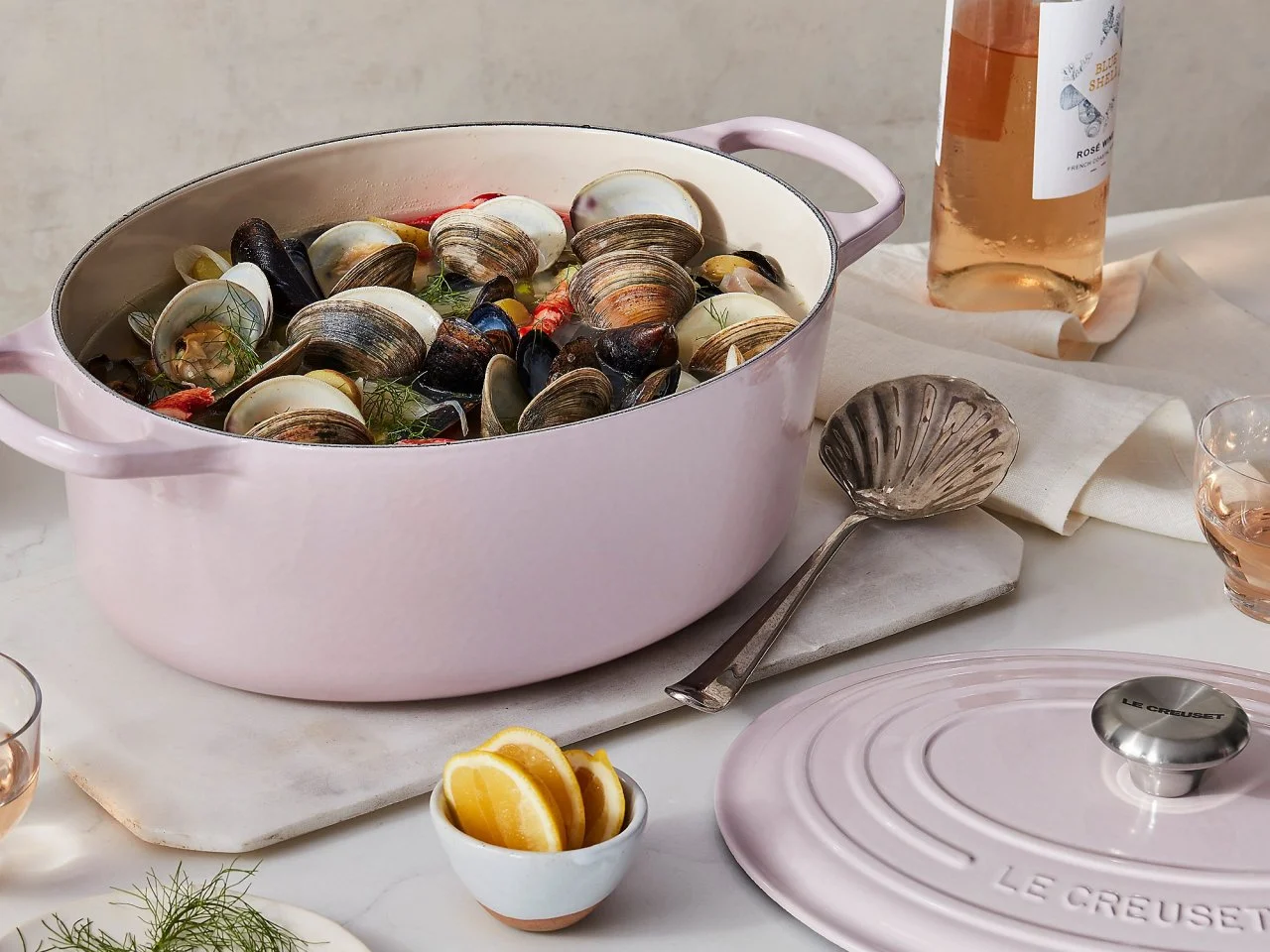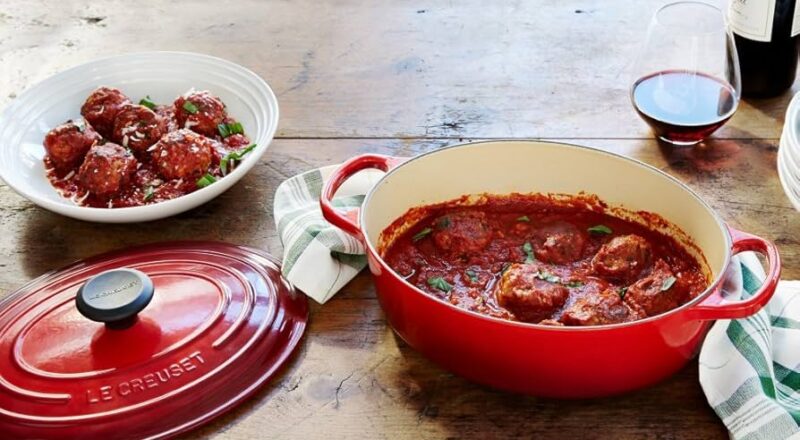The beauty of cast iron braisers lies in their durability and versatility. However, if not cared for properly, they can succumb to rust, compromising their longevity and performance. Understanding how to prevent rust on cast iron braiser is essential for maintaining its quality. By following a few simple steps, you can ensure that your braiser remains in excellent condition for many years.

Understanding Rust on Cast Iron
Rust is the result of oxidation that occurs when iron reacts with oxygen and moisture. For cast iron braisers, exposure to water and air can cause rust to form, especially if they are not seasoned or stored correctly. Rust not only affects the appearance of the braiser but also its effectiveness in cooking.
Importance of Seasoning Your Cast Iron Braiser
Seasoning is a protective layer that provides a barrier against moisture. It’s also what gives cast iron its non-stick properties. To properly season your braiser, coat it with a thin layer of vegetable oil and bake it upside down in the oven at a high temperature. This process helps to create a natural, rust-resistant coating.
Steps to Season Your Braiser
- Preheat your oven to 375F (190C).
- Apply a thin layer of vegetable oil to the entire surface of the braiser.
- Place it upside down on the middle rack of the oven.
- Bake for about an hour, then let it cool in the oven.
Proper Cleaning Techniques
After each use, cleaning your cast iron braiser properly is crucial. Avoid using soap, as it can strip away the seasoning. Instead, use hot water and a stiff brush to remove food particles. If stubborn residues remain, a paste of coarse salt and water can be used to scrub the surface gently.
Drying Your Braiser
After washing, it’s important to dry your braiser completely to prevent rust. You can do this by placing it on a stove over low heat for a few minutes or wiping it dry with a cloth.
Storage Tips
Proper storage is key in preventing rust. Ensure your braiser is completely dry before storing it. Store it in a dry environment, and if possible, place a paper towel or cloth between the lid and the base to allow air circulation.
Regular Maintenance
Regularly check your braiser for signs of rust, and re-season it as needed. If you notice any rust spots, scrub them with a mixture of baking soda and water before re-seasoning.
Using Your Cast Iron Braiser Safely
When cooking with your braiser, avoid cooking acidic foods like tomatoes or vinegar-based sauces frequently, as these can wear down the seasoning over time.
Alternative Uses
Your cast iron braiser is not just for braising meats. Explore its versatility by trying out different recipes like baking bread or even grilling indoors. For more ideas, check out this guide on using your braiser for various dishes.
Common Mistakes to Avoid
Avoid soaking your braiser in water, as prolonged exposure can lead to rust. Additionally, refrain from using metal utensils that can scratch the seasoned surface.
Why Choose Cast Iron?
Despite the maintenance, cast iron is beloved for its heat retention, even cooking, and ability to enhance flavors. Its longevity makes it a worthwhile investment for any kitchen.
FAQs
What should I do if my braiser starts to rust?
If rust appears, scrub it off with a mixture of baking soda and water, rinse, dry thoroughly, and re-season.
Can I use soap to clean my cast iron braiser?
It’s best to avoid soap, as it can remove the seasoning. Use hot water and a stiff brush instead.
How often should I season my braiser?
Regular seasoning is recommended, especially if you notice food sticking or any signs of rust.

Conclusion
Learning how to prevent rust on cast iron braiser is an essential skill for any kitchen enthusiast. With proper care, your braiser can last a lifetime, offering unparalleled performance and versatility. For more insights on maintaining and utilizing your braiser, visit this helpful resource.
This article contains affiliate links. We may earn a commission at no extra cost to you.

